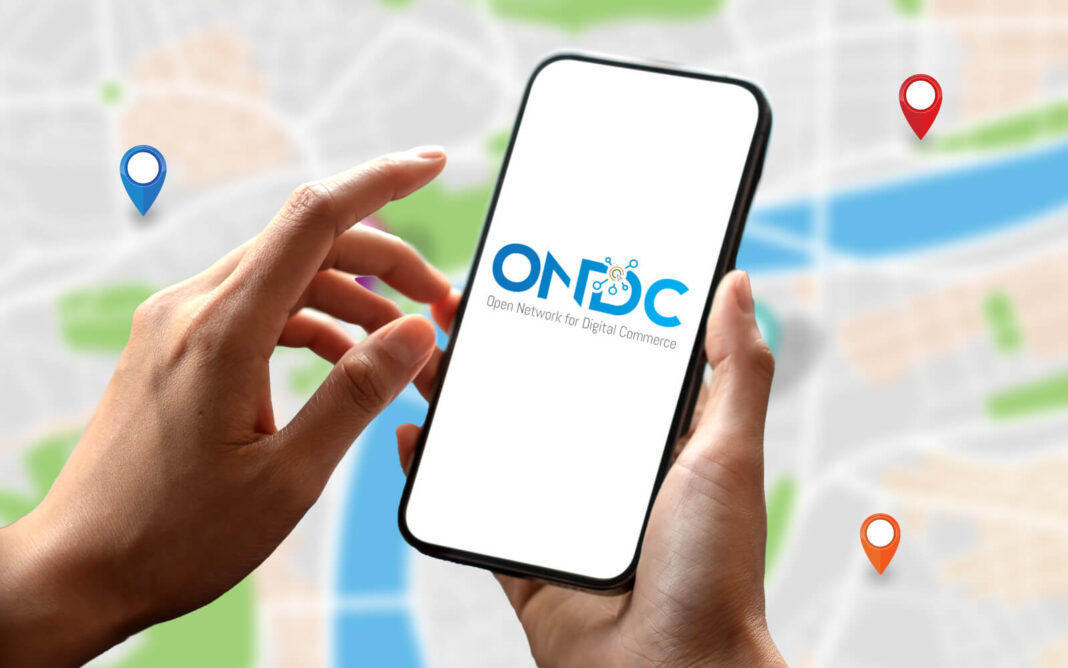A Game-Changer for Small Businesses, Retailers, and Consumers
📦 What is ONDC?
ONDC (Open Network for Digital Commerce) is a revolutionary initiative by the Government of India aimed at democratizing e-commerce. Unlike traditional platforms like Amazon or Flipkart, ONDC is not a marketplace—it is an open network that allows buyers and sellers to connect and transact across platforms, regardless of the app or website they use.
Think of ONDC as the UPI of e-commerce—just like UPI allowed money to move seamlessly between banks, ONDC allows products and services to move freely across platforms.
Launched by the Department for Promotion of Industry and Internal Trade (DPIIT) under the Ministry of Commerce and Industry, ONDC is designed to break the monopoly of big tech players and empower small businesses, local retailers, and startups.
🎯 Objectives of ONDC
-
Level the playing field for all sellers, including small and medium enterprises (SMEs)
-
Enable interoperability between all e-commerce platforms
-
Reduce digital monopolies in the e-commerce ecosystem
-
Promote inclusivity by allowing anyone to sell or buy online
-
Drive digital adoption among small businesses and kirana stores
💡 How Does ONDC Work?
ONDC is a protocol, not a platform. Here’s how it works:
-
Sellers list their products through any ONDC-compliant app or service provider
-
Buyers search and place orders through any ONDC-enabled app
-
ONDC’s network connects the buyer and seller, regardless of which app they are using
-
Logistics partners and payment services are also integrated into the open network
For example: A customer using Paytm or Meesho (ONDC-compliant apps) can buy groceries from a local shop that uses another app like Magicpin or eSamudaay.
🛍️ Benefits of ONDC
For Small Businesses & Retailers:
-
Reduced dependency on major marketplaces
-
Lower commission and onboarding costs
-
Wider digital reach without building their own e-commerce platforms
-
Integration of local language and hyperlocal features
For Consumers:
-
More choices across platforms
-
Better price comparison and transparency
-
Access to products and services from local sellers
-
Support for hyperlocal delivery and services
For the Economy:
-
Encourages fair competition
-
Supports the “Digital India” and “Atmanirbhar Bharat” missions
-
Boosts rural and urban entrepreneurship
🌐 Key Players and Sectors on ONDC
ONDC is expanding rapidly across various sectors:
-
Grocery – Local kirana stores and delivery platforms
-
Food & Beverages – Restaurants listing directly without Zomato/Swiggy
-
Fashion & Apparel – Local brands and boutiques
-
Mobility – Ride-hailing services like Namma Yatri in Bengaluru
-
Electronics, Home Services, Health, and More
Some major players that have joined or are integrating with ONDC include:
Paytm, PhonePe, Magicpin, Snapdeal, Meesho, Delhivery, Ekart, Shiprocket, and Hindustan Unilever (HUL).
📈 ONDC Progress and Vision
As of early 2025, ONDC is live in over 400+ cities and continues to grow in reach and impact. The goal is to onboard 1 million sellers and enable 10 million transactions per day in the near future.
With support from the Quality Council of India (QCI) and backing from several banks and institutions, ONDC is building an inclusive digital commerce ecosystem where even the smallest seller can reach customers across India.
🚀 Why ONDC is a Game-Changer
-
Breaks the platform-centric model of e-commerce
-
Empowers local businesses and self-reliant entrepreneurs
-
Drives digital literacy and adoption
-
Makes e-commerce more affordable, accessible, and inclusive
🏁 Conclusion
ONDC is not just a network—it’s a movement. It represents a bold step towards making digital commerce truly open, fair, and beneficial for everyone in India. Whether you’re a consumer looking for better options, a shop owner wanting to go digital, or a startup exploring new markets, ONDC is paving the way for a new era of e-commerce—open, inclusive, and innovative.


